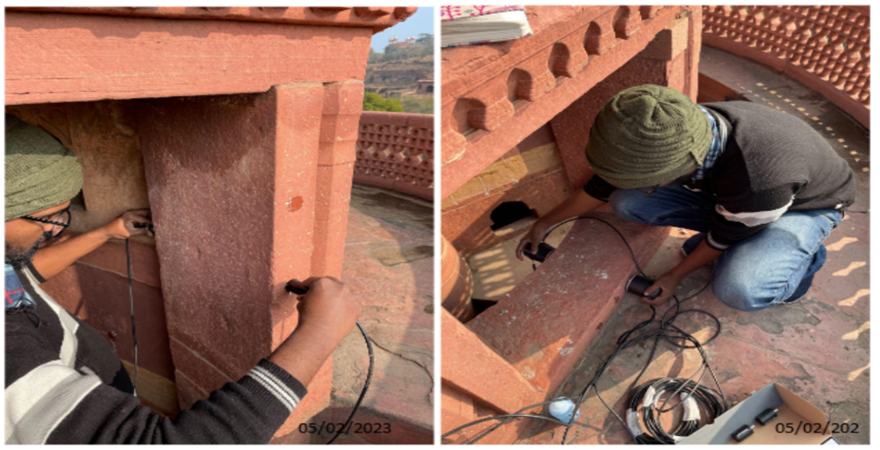- +91-11-4044-5999
- info@cdri.world
-
Copernicus Marg, New Delhi, INDIA

Robust Approach to Assessing Post-Fire Structural Behaviour of High-Rise Mass Timber Buildings
Prof Satheeskumar Navaratnam
Civil and Infrastructure Engineering, RMIT University, Australia
Abstract: Mass timber buildings offer a competitive and innovative sustainable construction alternative to steel-framed and concrete buildings. This robust approach to mid-rise construction offers a number of environmental benefits, such as reducing embodied carbon impacts and construction waste. However, there has been a significant barrier preventing the implementation of mass timber buildings, including concerns over structural fire performance and tighter legislation on the fire design of buildings induced by the Lacrosse fire in Melbourne.
This project aims to understand the fire reaction, post-fire performance and collapse mechanisms of floor panels (cross-laminated timber) and mass timber buildings. The fire performance of cross-laminated timber depends significantly on the strength and behaviour of the adhesive. At elevated temperatures, the adhesives could fail and create severe delamination due to changes in the moisture content and thermal degradation.
Therefore, this study conducted several experimental and numerical model analyses to evaluate the fire performance of adhesive bond strength and compressive strength of cross-laminated timber at elevated temperatures and proposed advanced modified adhesive to improve the fire performance. Next, this study developed a numerical model for a 10-story mass timber building subjected to localized fire.
Results showed that the fire performance of cross-laminated timber and mass timber buildings could be improved when the floor panel is made with the proposed modified fireproof adhesive. Further, the proposed finite element and analytical models can be used to predict engineered timber’s post-fire residual strength. However, further experimental tests are needed to ensure the capability of modified fireproof adhesives to improve the robustness of mass timber buildings.
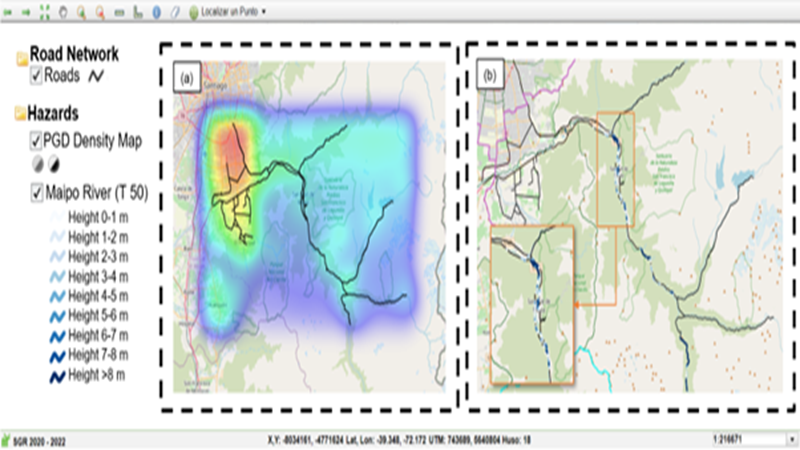
 in floating community space (fls) in the peruvian amazon.jpg)
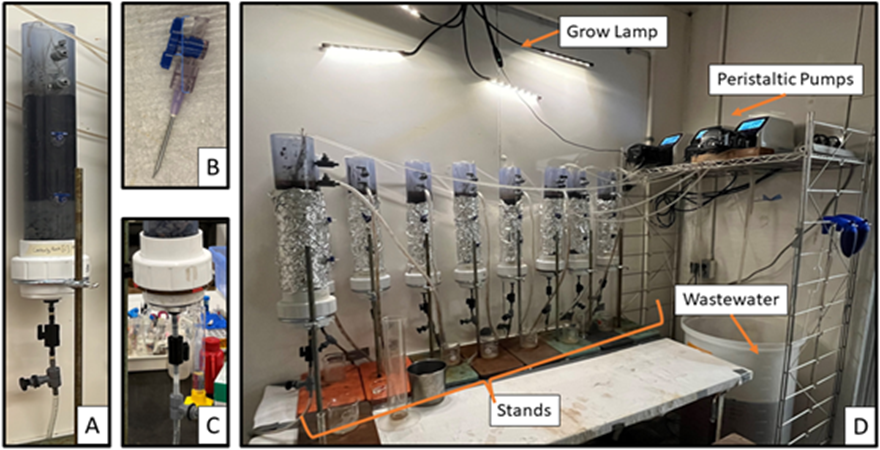

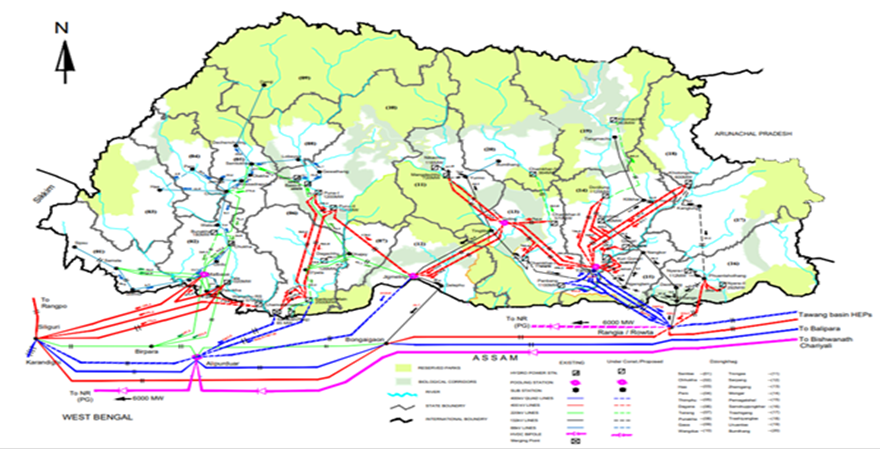

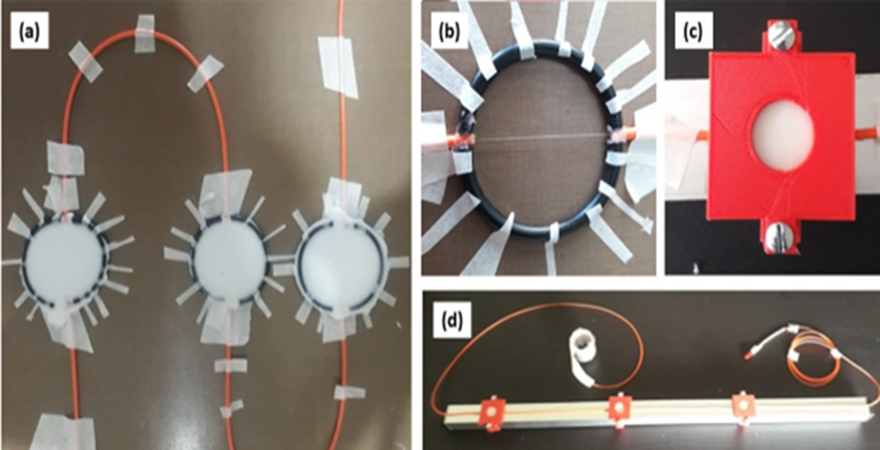
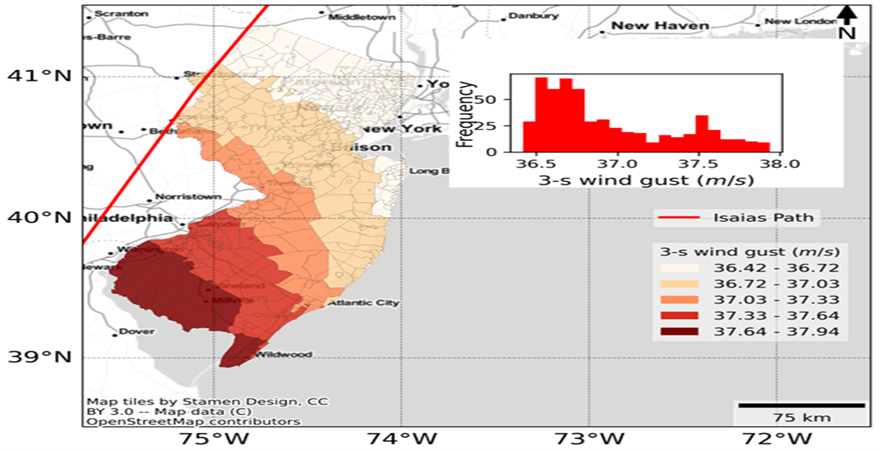
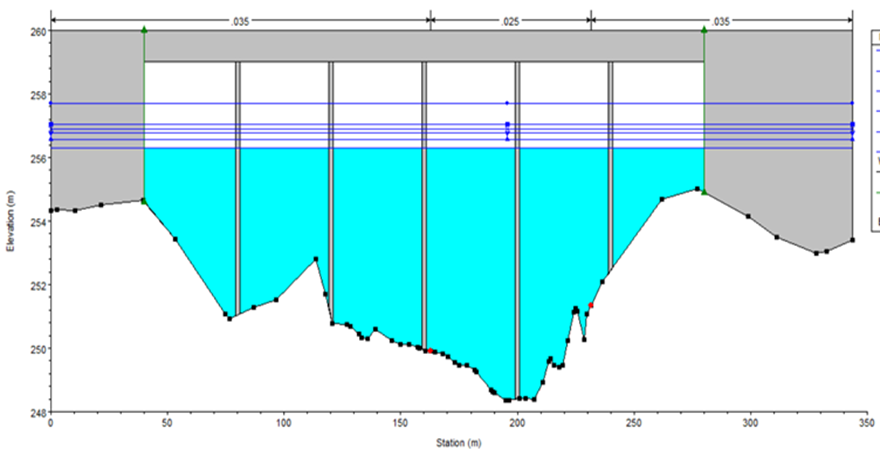
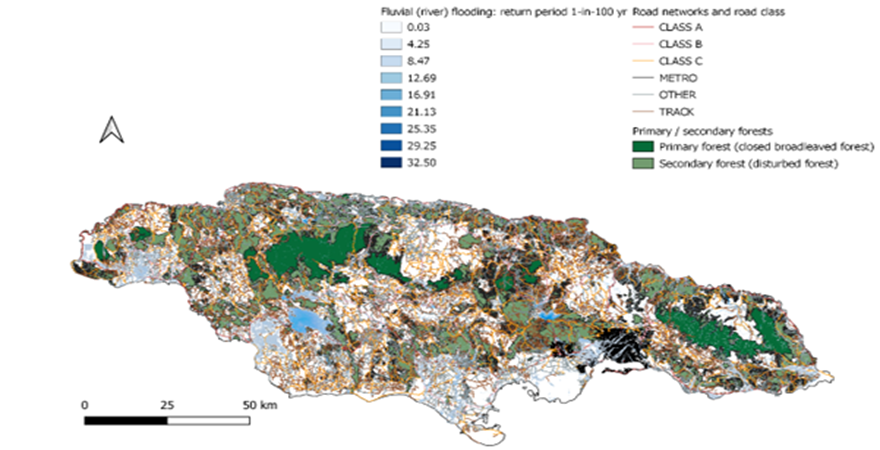
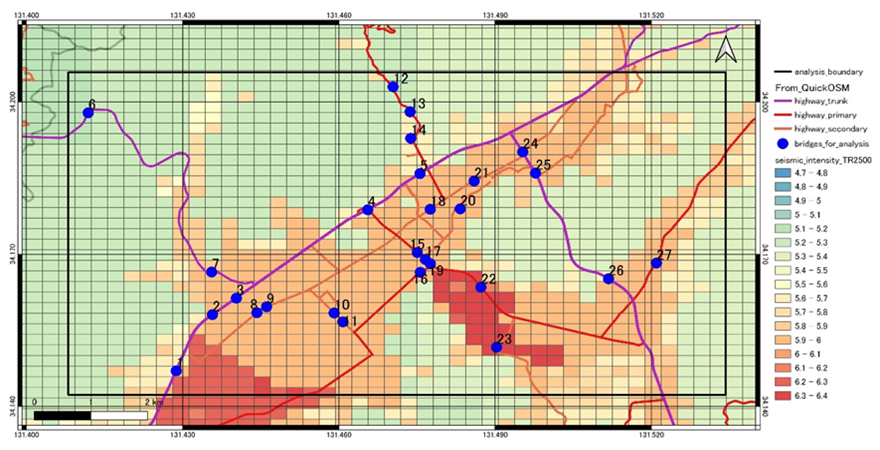
 for infrastructures based on disaster.png)
